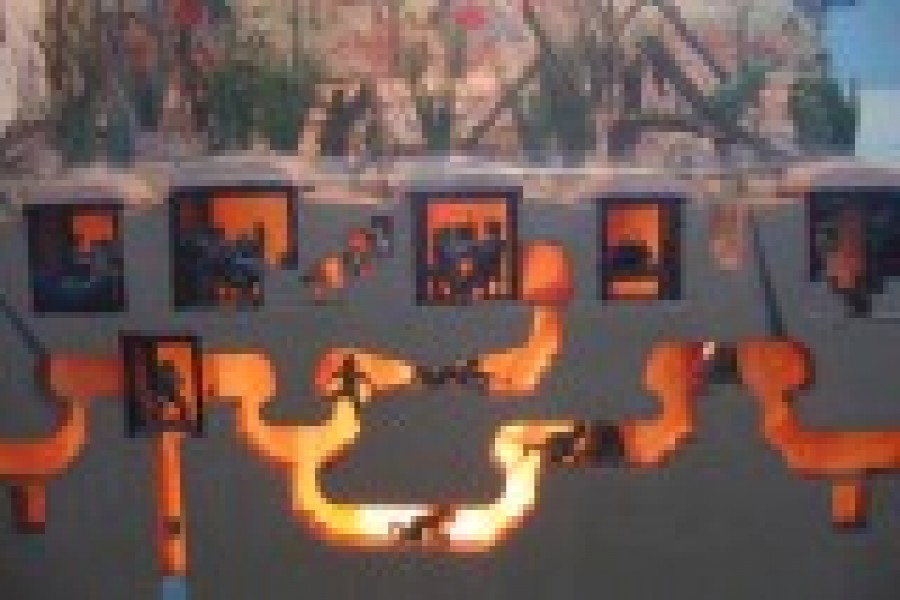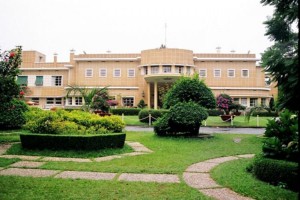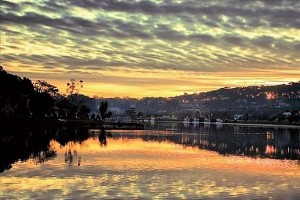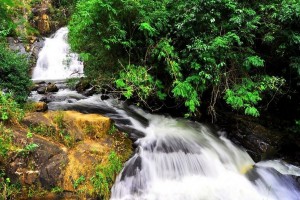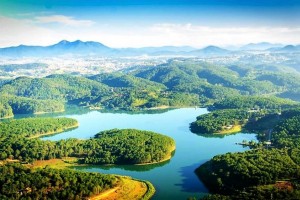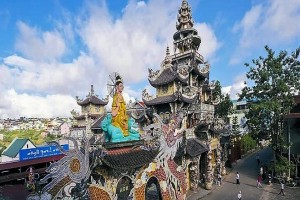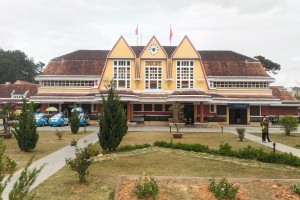Cu Chi tunnels, one of the world’s most extreme tunnels. 16kms away from Ho Chi Minh, once the deadliest land during the Vietnam – American war. Today the must visit attraction to any visitors to Saigon.
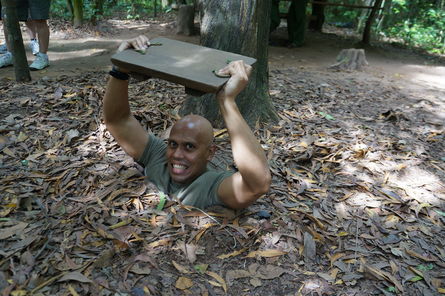
cu-chi-tunnel
Cu Chi tunnels, a system of tunnels dug all by hands for 21 years that stretches 250kms all the way to Cambodian border. Served as a hiding spot for Viet Cong (North Communist Army) that was taken to a way higher level of extreme. Cu Chi tunnels is full of boody traps, dead ends, hiding spot in complete darkness as well as living chambers, hospitals, theatre, kitchens, food storage, meeting rooms.. Unable to match the technology and gunpower of the American army, these tunnels were secret weapons for Vietnamese allowing them to use the element of surprise and bring the fight to the Western force.
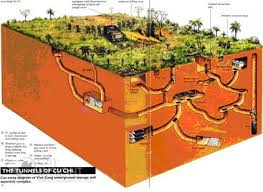
cu-chi-tunnel
In 1966, an Australian army unit discovered an entrance by chance and realized they had to go further to explore it. The first person to enter is Australian captain Danny “it’s not many sound at all, it’s like it’s complete blackness. It was scary to the extreme, we have unexploded bombs, boody traps awaits”. There were all kinds of hassles down the tunnel, snakes, scorpios, there were spikes, full of dead ends and most importantly, the VC are down there waiting, they know there are intruders.
Many ally’s soldiers paid with their lives and they found out why the VC defended it so fiercely. They’re defending their headquarters hidden deep underground. They pulled out half a million pieces of paper, let alone amunitions, radios, all sort of stuff. It was the biggest intelligence find of the war.
During the day the troops went into the tunnel to make sure it’s clear but then the VC returned at night. Cu Chi tunnels were used by VC soldiers for guerilla fight and serving as an intelligence, supply routes, hospitials, food storage, weapon caches, living chambers for VC forces. Vietnamese world famous double agent Pham Xuan An who lead a remarkable life as a communist spy and a widely respected reporter for Reuters and Times during the war revealed all of his transfering confidential war analyzes was done through Cu Chi Tunnels itself.
Visitors to Vietnam now can squeeze themselves underground through some of the expanded areas of the tunnel system, see traps and underground smokeless stoves, shoot on the firing range and even taste a typical foods that soldiers living in the Cu Chi tunnels survived on.

